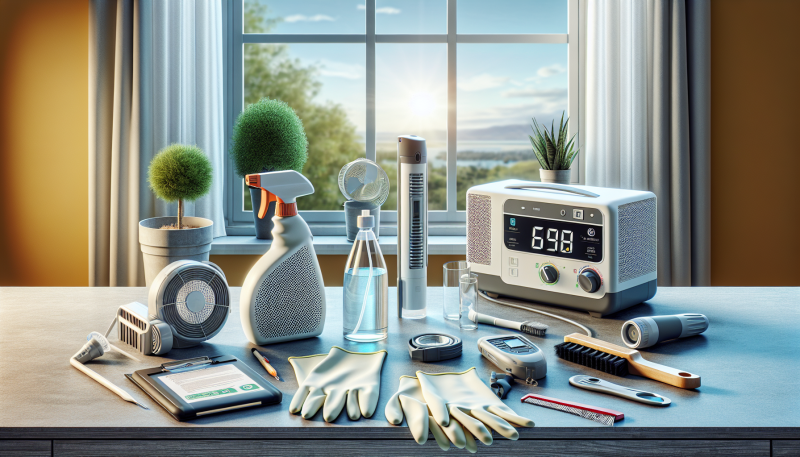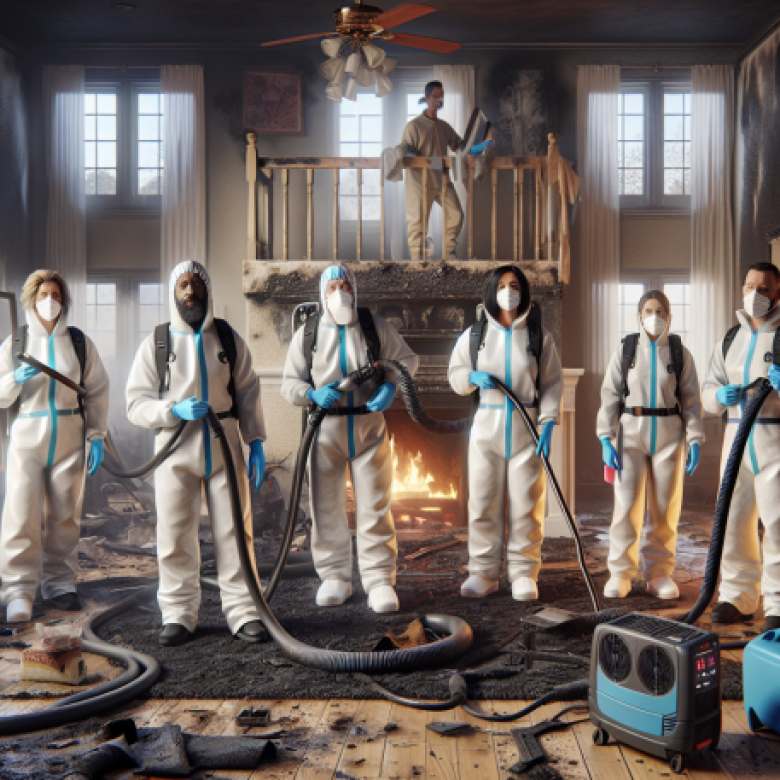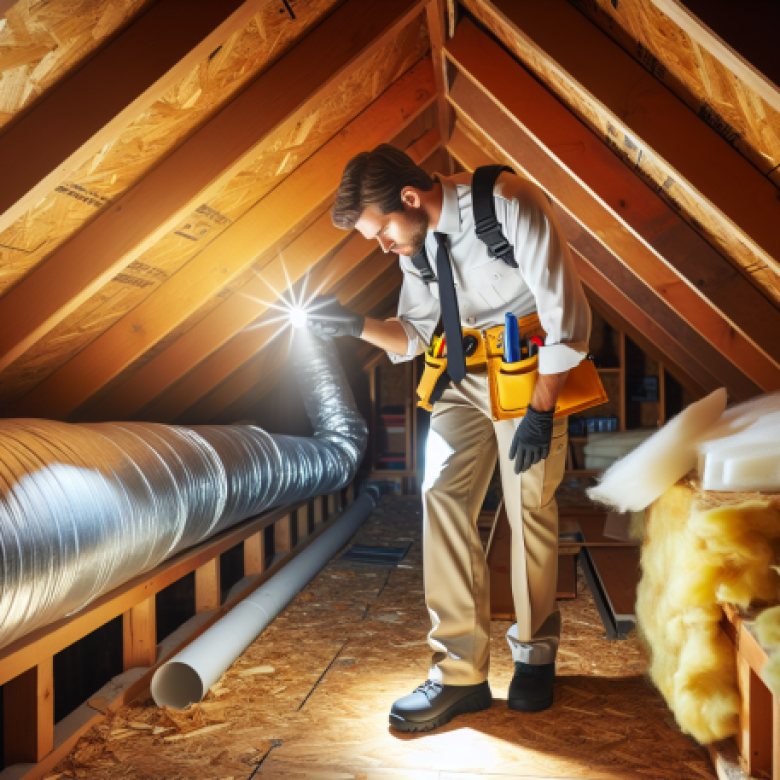Mold can be a sneaky little menace that creeps into our homes and commercial properties when we least expect it. It thrives in damp, humid environments, making it crucial to take proactive steps in preventing its growth. Whether you’re a homeowner looking to protect your residential property or a business owner managing a commercial property restoration, understanding the essential tools for DIY mold prevention is key. In this guide, we’ll walk you through the must-have tools and techniques to keep mold at bay, ensuring a safe and healthy environment for you and your loved ones.
Understanding Mold: The Basics
Before we dive into the tools, let’s take a moment to understand what mold is and why it’s such a concern. Mold is a type of fungus that can grow on various surfaces, especially in areas with excess moisture. It can cause health issues, particularly for those with allergies or respiratory problems. Moreover, mold can lead to significant structural damage if left untreated, making water damage restoration a priority for any property owner.
Did you know that mold can start growing within 24 to 48 hours of water exposure? This is why it’s essential to act quickly if you suspect mold growth. If you’re facing a mold issue, don’t hesitate to reach out to Projekt Restoration, your go-to experts for mold assessment and remediation. They offer 24/7 emergency services to tackle mold problems head-on.
Essential Tools for Mold Prevention
1. Dehumidifier
One of the most effective tools for preventing mold growth is a dehumidifier. Mold loves moisture, and by reducing humidity levels in your home or business, you can create an environment that’s less hospitable to mold spores. A dehumidifier works by pulling moisture from the air, which is especially useful in areas prone to dampness, such as basements and bathrooms.
When choosing a dehumidifier, consider the size of the space you need to dehumidify. Smaller units are suitable for bedrooms or small offices, while larger units are necessary for basements or commercial spaces. Regularly empty the water tank or connect it to a drainage system to ensure continuous operation. For more tips on maintaining a mold-free environment, check out our dehumidification services.
2. Mold Test Kit
Having a mold test kit on hand can be a game-changer. These kits allow you to test for mold spores in the air or on surfaces, helping you identify potential problem areas before they escalate. Most kits are user-friendly and provide clear instructions on how to collect samples and send them for analysis.
By regularly testing for mold, you can stay ahead of any issues and take action before mold becomes a significant problem. If you find mold during your testing, it’s essential to contact professionals for mold assessment and remediation. For more information on our services, visit our mold assessment page.
3. Protective Gear
When dealing with mold, safety should always come first. Investing in protective gear is crucial to avoid exposure to mold spores. Essential items include gloves, masks, and goggles. A good quality mask, such as an N95 respirator, can filter out harmful particles, ensuring you breathe safely while working in potentially contaminated areas.
Additionally, wearing gloves will protect your skin from irritants, and goggles will keep your eyes safe from any mold spores that may become airborne during cleanup. Remember, if you’re dealing with a significant mold infestation, it’s best to call in the experts at Projekt Restoration for professional help.
4. Cleaning Solutions
Having the right cleaning solutions is vital for effective mold prevention. While there are many commercial products available, you can also create your own solutions using household items. A mixture of vinegar and water is a natural and effective way to clean surfaces prone to mold growth. Vinegar has antifungal properties that can help eliminate mold spores.
For tougher mold stains, a solution of bleach and water can be effective, but it’s essential to use it with caution. Always ensure proper ventilation when using bleach, and never mix it with ammonia, as this can create toxic fumes. For more information on safe cleaning practices, check out our content cleaning services.
5. Moisture Meters
Moisture meters are invaluable tools for detecting hidden moisture in walls, floors, and ceilings. These devices can help you identify areas that may be at risk for mold growth, allowing you to take preventive measures before mold has a chance to develop. By regularly checking moisture levels, you can ensure that your property remains mold-free.
When using a moisture meter, aim to keep moisture levels below 60% in your home or business. If you find elevated moisture levels, consider using a dehumidifier or addressing any leaks or water damage promptly. For assistance with water damage restoration, don’t hesitate to contact Projekt Restoration.
Implementing Preventive Measures
Regular Inspections
One of the best ways to prevent mold is through regular inspections of your property. Check areas that are prone to moisture, such as bathrooms, kitchens, and basements. Look for signs of water damage, such as discoloration on walls or ceilings, and address any leaks immediately. By staying vigilant, you can catch potential mold problems before they escalate.
Consider creating a seasonal inspection checklist to ensure you cover all areas of your property. This proactive approach can save you time and money in the long run, as addressing small issues early can prevent costly commercial property restoration or residential property restoration down the line.
Proper Ventilation
Good ventilation is crucial in preventing mold growth. Ensure that your home or business has adequate airflow, especially in areas prone to moisture. Use exhaust fans in bathrooms and kitchens to help remove humidity, and consider opening windows when weather permits to allow fresh air to circulate.
If you have a basement, consider installing vents or using a dehumidifier to keep humidity levels in check. Proper ventilation not only helps prevent mold but also improves indoor air quality, making your space more comfortable and healthier.
Addressing Water Damage Promptly
If you experience water damage, whether from a leak, flood, or fire, it’s essential to address it promptly. Mold can start to grow within 24 to 48 hours, so acting quickly is crucial. If you’re dealing with significant water damage, contact Projekt Restoration for expert assistance in water damage restoration.
In addition to professional help, ensure that you dry out affected areas thoroughly. Use fans, dehumidifiers, and open windows to promote airflow and speed up the drying process. The faster you dry out the area, the less likely mold will have a chance to take hold.
Conclusion
Preventing mold growth is an ongoing process that requires vigilance and the right tools. By investing in essential tools like dehumidifiers, mold test kits, and protective gear, you can create a mold-free environment in your home or business. Regular inspections, proper ventilation, and prompt action in the face of water damage are also critical components of effective mold prevention.
Remember, if you ever find yourself facing a mold issue, don’t hesitate to reach out to the experts at Projekt Restoration. With their expertise in mold assessment and remediation, biohazard cleanup, and fire damage restoration, they’re here to help you restore your property to its former glory.
FAQs
What are the signs of mold growth in my home?
Common signs of mold growth include a musty odor, visible mold spots on walls or ceilings, and water stains. If you notice any of these signs, it’s essential to investigate further.
How can I prevent mold in my bathroom?
To prevent mold in your bathroom, ensure proper ventilation by using exhaust fans, keeping the area dry, and regularly cleaning surfaces with mold-fighting solutions.
Is it safe to remove mold myself?
For small areas of mold, you can clean it yourself using appropriate protective gear and cleaning solutions. However, for larger infestations, it’s best to contact professionals.
How often should I check for mold in my home?
It’s a good idea to check for mold at least once a season, especially in areas prone to moisture. Regular inspections can help you catch potential problems early.
What should I do if I find mold in my home?
If you find mold, assess the extent of the problem. For small areas, you can clean it yourself, but for larger infestations, contact a professional mold remediation service like Projekt Restoration.





